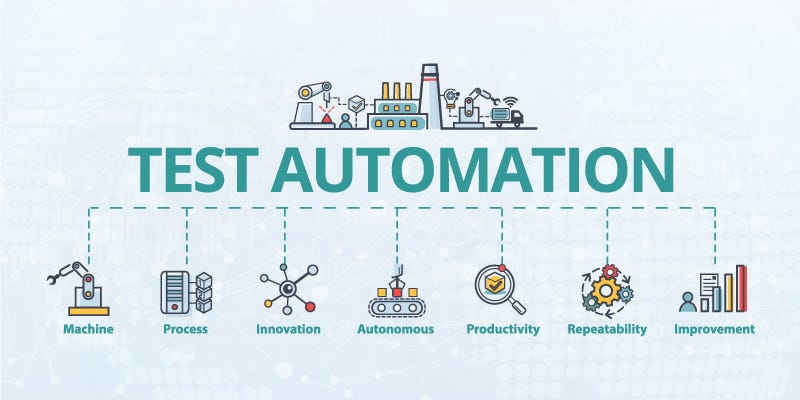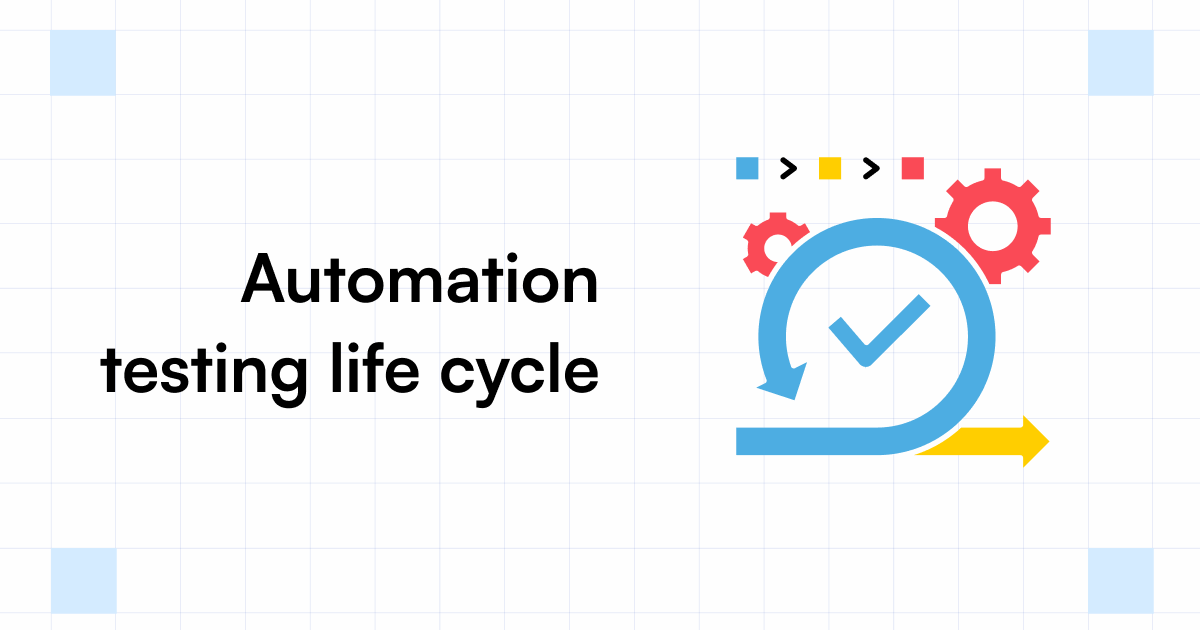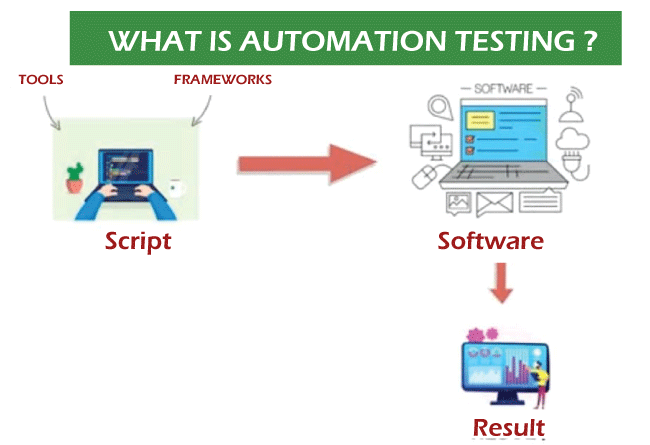Automation Testing Approaches: Best Practices for Seamless Integration
Automation Testing Approaches: Best Practices for Seamless Integration
Blog Article
From Handbook to Automated Screening: A Comprehensive Guide to Transitioning Efficiently and Properly
In the realm of software application screening, the change from guidebook to automated procedures has become a significantly important shift for companies looking for to boost effectiveness and accuracy in their testing techniques. As modern technology remains to breakthrough, the need for reliable and smooth computerized testing techniques has never been a lot more important. The journey from manual to automated screening is not without its obstacles, but when come close to tactically and with a clear plan in mind, the advantages can be significant - automation testing. In this detailed guide, we will certainly check out crucial actions and factors to consider important for a successful transition, from the preliminary choice of devices to the integration of automation into existing process. Keep tuned to uncover the understandings that will help lead the way for a smoother and more reliable screening process.
Advantages of Automated Checking
Automated screening provides various advantages, enhancing effectiveness and precision in software application growth processes. Automated examinations can be run simultaneously on multiple gadgets and operating systems, substantially speeding up the screening phase compared to manual testing.
In addition, automated testing makes certain a higher degree of precision in identifying flaws. Consistency in testing is likewise enhanced, as automated tests implement the same steps exactly each time they are run.
Selecting the Right Devices

First of all, analyze your requirements and objectives. Comprehend the range of your job, the technologies involved, and the ability of your group. This analysis will certainly help you determine the capacities and functions you need in your testing tools.
Secondly, think about the compatibility of the devices with your existing systems and processes. Seamless integration with your present software application advancement lifecycle is vital to guarantee a smooth transition to automation.
In addition, assess the scalability and flexibility of the tools. As your screening needs evolve, the devices should be able to adjust and accommodate modifications properly.
Finally, consider the support and area around the devices. When executing automated screening, robust assistance and an active individual neighborhood can supply valuable sources and aid. By carefully considering these elements, you can select the right devices that align with your needs and established the phase for an effective transition to automated screening.
Creating Efficient Examination Manuscripts

When crafting test manuscripts, it is necessary to take into consideration the certain requirements of the software application being tested and make sure that the manuscripts attend to all crucial functionalities. Detailed and clear calling conventions for examination scripts and test instances can improve readability and maintainability. In addition, incorporating mistake handling devices within the examination manuscripts can aid in determining and attending to issues quickly.
Furthermore, organizing examination manuscripts into modular elements can enhance reusability and scalability, lowering redundancy and enhancing efficiency in examination manuscript upkeep. Normal reviews and updates to test manuscripts are important to keep rate with advancing software requirements and functionalities. By adhering to these principles, testers can develop durable and effective examination scripts that add considerably to the success of automated testing procedures.
Integrating Automation Into Workflows
By flawlessly incorporating automated screening tools like Selenium or Appium into the software application advancement lifecycle, groups can attain faster comments on code adjustments, leading to quicker insect detection and resolution. This integration enables for constant testing throughout the growth procedure, making sure that any kind of problems are identified early on, resulting in greater software quality. Correct integration of automation tools calls for cooperation between growth, screening, and operations teams to develop a unified workflow that maximizes effectiveness and effectiveness in supplying high-quality software application items.
Making Sure a Smooth Transition
Successfully transitioning to automated testing entails precise preparation and careful execution to make best use of and minimize disturbances efficiency in the software application development process - automation testing. To ensure a smooth shift, it is necessary to start by performing a complete evaluation of the this current testing processes and identifying areas where automation can bring the most substantial advantages. Engaging with all stakeholders at an early stage at the same time, including designers, testers, and task managers, is crucial for garnering support and buy-in for the automation effort
Communication is essential throughout this change stage. Clear communication of the objectives, see it here benefits, and assumptions of automated screening assists to manage any kind of resistance or issues that may emerge. Additionally, supplying sufficient training and sources for team members to upskill in automation tools and techniques is crucial for making sure an effective change.

Verdict
Finally, transitioning from guidebook to automated testing uses countless benefits, including increased effectiveness and integrity. By choosing the proper devices, writing efficient examination manuscripts, and incorporating automation perfectly into workflows, organizations can make sure a smooth and effective shift. It is necessary to welcome automation as a beneficial asset in software application testing processes to enhance general high quality and efficiency.
In the realm of software application testing, the shift from manual to automated processes has actually become a progressively important transition for organizations looking for to improve effectiveness and precision in their testing techniques. Automated examinations can be run all at once on several gadgets and operating systems, significantly speeding up the testing stage contrasted to hand-operated testing. Uniformity in testing is additionally enhanced, as automated tests execute the same steps specifically each time they visit this page are run.To make certain the successful execution of picked screening tools, the development of efficient test manuscripts plays a critical function in verifying the performance and performance of automated procedures - automation testing. By following these concepts, testers can create durable and efficient examination manuscripts that contribute substantially to the success of automated testing procedures
Report this page